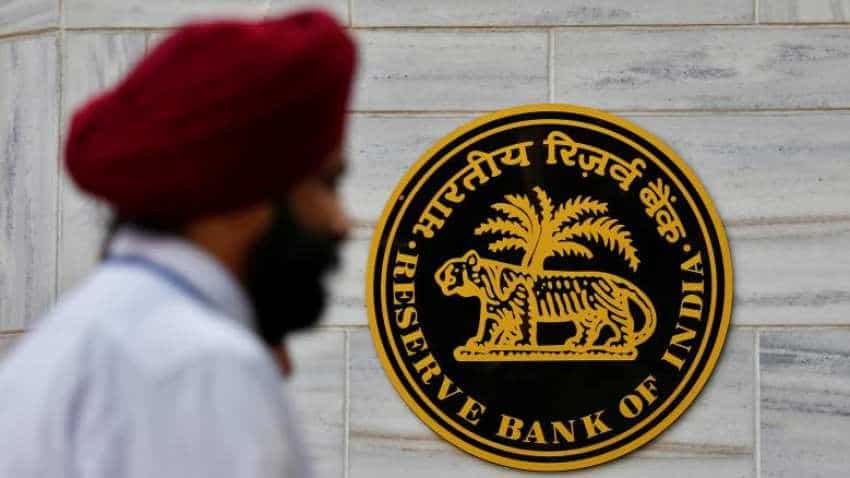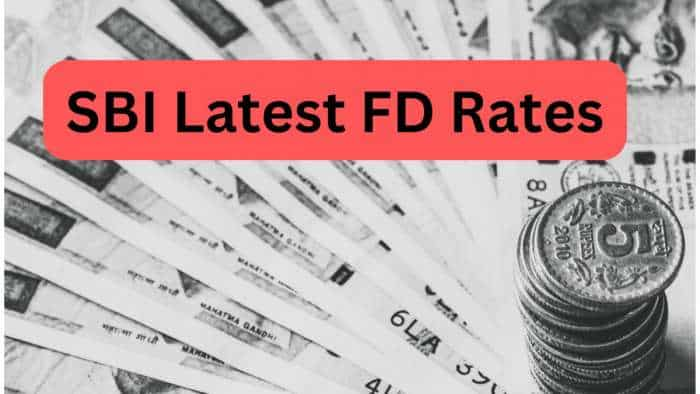RBI proposes norms to help large NBFCs beat cash crunch
The RBI's draft circular on the 'Liquidity Risk Management Framework for NBFCs and Core Investment Companies (CICs)' was released on Friday.

The Reserve Bank of India has proposed a set of guidelines for large NBFCs to help them deal with severe liquidity problems. According to the proposal, a Liquidity Coverage Ratio (LCR) regime would be introduced in all deposit-taking Non-Banking Financial Companies (NBFCs) and non-deposit taking shadow banks with an asset size of Rs 5,000 crore and above in a phased manner. The RBI's draft circular on the 'Liquidity Risk Management Framework for NBFCs and Core Investment Companies (CICs)' was released on Friday.
RBI circular said, "The Non-Banking Financial Companies (NBFCs) play an important role in the financial system of the country, particularly in delivering credit to the last mile, including the retail as well as MSME sectors. NBFCs’ ability to perform their role effectively and efficiently requires them to be financially resilient, well-regulated and properly governed so that they retain the confidence of all their stakeholders including their lenders and borrowers."
RBI has placed on its website, a draft circular on the “Liquidity Risk Management Framework for Non-Banking Financial Companies (NBFCs) and Core Investment Companies (CICs)” to be adopted by all deposit-taking NBFCs; non-deposit taking NBFCs with an asset size of Rs 100 crore and above; and all CICs registered with the Reserve Bank.
Among others, "the draft guidelines cover application of generic ALM principles, granular maturity buckets in the liquidity statements and tolerance limits, liquidity risk monitoring tool and adoption of the “stock” approach to liquidity."
Further, it stated that "the draft proposes to introduce Liquidity Coverage Ratio (LCR) for all deposit-taking NBFCs; and non-deposit taking NBFCs with an asset size of Rs 5000 crore and above. With a view to ensuring a smooth transition to the LCR regime, the proposal is to implement it in a calibrated manner through a glide path over a period of four years commencing from April 2020 and going upto April 2024."
The RBI reiterated that it remains committed to promote a robust, vibrant and well functioning NBFC sector.
#RBI ने जारी किया ड्राफ्ट नियम, NBFCs को अब रखनी होगी ज्यादा नकदी।@RBI @BrajeshKMZee pic.twitter.com/iXgWSEWndk
— Zee Business (@ZeeBusiness) May 24, 2019
Meanwhile, in another notification, RBI proposes to inject durable liquidity through OMO purchase auction in June 2019. The apex bank statement said, "Based on a review of the evolving liquidity conditions and assessment of the durable liquidity needs going forward, RBI has decided to conduct purchase of Government securities under Open Market Operation (OMO) for ₹ 150 billion on June 13, 2019. The Government securities to be purchased in the auction would be communicated in due course."
RBI bid is to ease liquidity concerns. Notably, the sale or buying of g-secs infuses or reduces liquidity. OMOs like repo rate, cash reserve ratio and statutory liquidity ratio are monetary policy tools to balance inflation.
The apex bank's steps are said to be taken in the wake financial sector facing liquidity crunch ever since the Infrastructure Leasing and Financial Services Ltd (IL&FS) defaulted in its payment obligations, causing reluctance among lenders to lend to the NBFC sector.
Get Latest Business News, Stock Market Updates and Videos; Check your tax outgo through Income Tax Calculator and save money through our Personal Finance coverage. Check Business Breaking News Live on Zee Business Twitter and Facebook. Subscribe on YouTube.
RECOMMENDED STORIES

SBI Latest FD Rates: PSU bank pays these returns to senior citizens and other depositors on 1-year, 3-year and 5-year fixed deposits

SIP in Stocks For New Year 2025: Market guru Anil Singhvi recommends 1 largecap, 2 midcap scrips to buy in dips; note down targets

PPF vs SIP: Rs 12,000 monthly investment for 30 years; see which can create higher retirement corpus

Largecap PSU Stock for 65% Gain in New Year: Anil Singhvi picks PSU bank for long term; know reasons and target prices
01:27 PM IST










 RBI lifts restrictions on Sachin Bansal's Navi Finserv
RBI lifts restrictions on Sachin Bansal's Navi Finserv NBFCs tap alternatives to grow as loans from banks slow: Crisil Ratings
NBFCs tap alternatives to grow as loans from banks slow: Crisil Ratings RBI asks NBFCs to stick to gold loan cash payment of Rs 20,000 ceiling
RBI asks NBFCs to stick to gold loan cash payment of Rs 20,000 ceiling  Uncharacteristic of NBFCs to seek bank licences: RBI deputy governor M Rajeshwar Rao
Uncharacteristic of NBFCs to seek bank licences: RBI deputy governor M Rajeshwar Rao Mutual funds weightage to utilities at 35-month high
Mutual funds weightage to utilities at 35-month high